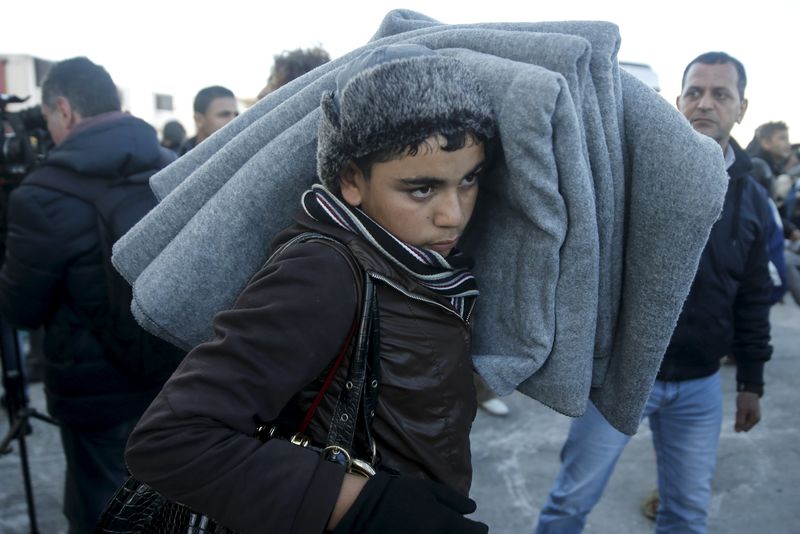LONDON (Thomson Reuters Foundation) - From Bulgaria to Brazil, journalists reporting on the global migration and refugee crisis often fail to tell the full story, and regularly perpetuate negative stereotyping used by politicians looking to score points, research shows.
A study of media coverage in 14 countries said a lack of resources and journalists able to provide indepth and sensitive reporting contributed to a distorted picture of the refugee crisis - one of the biggest global stories of the year.
The report by the Ethical Journalism Network (EJN), issued to coincide with International Migrants Day on Friday, also highlighted confusion in the media over the correct use of terms migrants, refugees and asylum seekers.
"Around the world media coverage is often politically led with journalists following an agenda dominated by loose language and talk of invasion and swarms," said Aidan White, director of EJN, which groups more than 40 media organizations.
"But at other moments the story is laced with humanity, empathy and a focus on the suffering of those involved," he said in a statement.
The number of people forcibly displaced worldwide is likely to have "far surpassed" a record 60 million this year, mainly driven by the war in Syria and other long-term conflicts, the United Nations said on Friday.
The estimated figure includes 20.2 million refugees fleeing wars and persecution, the most since 1992, the U.N. High Commissioner for Refugees (UNHCR) said.
While much of the international coverage has focused on European countries struggling to deal with the arrival by land and sea of almost 1 million people so far this year, mainstream media has ignored stories of mass migration elsewhere, EJN said.
For example, internal migration in China, Brazil and India involves millions and dwarfs international migration numbers, with the biggest movement of people in history taking place in China over the last 35 years, it said.
In Africa, the headlines have focused on people leaving the continent for Europe. Their plight, alongside thousands fleeing violence in the Middle East, stirred international alarm this year, with hundreds dying as they crossed the Mediterranean in boats and dinghies.
But the majority of Africans who emigrate remain within Africa.
The study found that in Nepal and Gambia reporting on the migration of large numbers of young people was limited and stories about the hardships they suffer were rare, partly because journalists were afraid of offending the government.
EJN said journalists often fail to reflect evidence showing that migration is "invariably beneficial" for economic and cultural development in the long run.
"How would California's agricultural industry or the Texan oil fields survive without the presence of hundreds of thousands of Mexicans and Central American workers, often laboring on minimal wages?," the report said.
"How could the health service in the UK continue without the thousands of migrant nurses and doctors from the developing world?"
It also said "outrageous" anti-migrant or anti-Muslim statements by political figures such as U.S. presidential candidate Donald Trump - who has called for the mass deportation of illegal immigrants and a ban on Muslims entering the United States - had "hijacked" media coverage.

"(In Europe) media struggle to provide balanced coverage when political leaders respond with a mix of bigotry and panic – some announcing they will only take in Christian migrants while others plans to establish walls and razor wire fences," the report added.